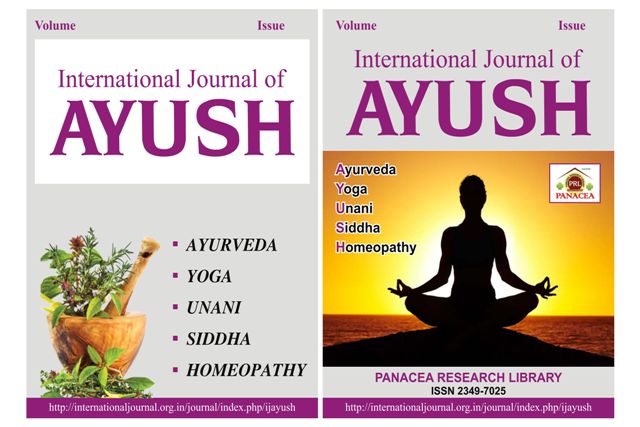A CONCEPTUAL SYNTHESIS OF AYURVEDIC RESPIRATORY PHYSIOLOGY
DOI:
https://doi.org/10.22159/prl.ijayush.v14i09.1517Keywords:
Brihatrayee, respiration, Ayurvedic model, mechanics of breathing, Prana Vayu, Udana VayuAbstract
This article presents a conceptual analysis of the roles of Prana Vayu and Udana Vayu in Shwasan Kriya (respiration), as described in the foundational Ayurvedic texts of the Brihatrayee: the Charaka Samhita, Sushruta Samhita, and Ashtanga Hridaya. The study integrates these classical Ayurvedic principles with concepts from modern medical physiology to propose a more holistic and comprehensive model of respiration. The analysis establishes that Prana Vayu primarily governs the inward movement of air and vital energy (inhalation), sensory perception, and cognitive functions, while Udana Vayu is responsible for the upward and outward movement of air (exhalation), speech articulation, and the expression of physical and mental vitality. This synergistic partnership between the two Vayus forms a complete and balanced respiratory cycle. The findings support the alternate hypothesis that both Prana Vayu and Udana Vayu participate equally in Shwasan Kriya, with each controlling complementary aspects of the process. This report proposes a correlation between this dualistic Ayurvedic model and the inspiratory and expiratory phases of modern mechanics of breathing, with Pitta and Kapha providing essential metabolic and structural support, respectively. Ultimately, this work seeks to bridge the gap between traditional Ayurvedic wisdom and modern scientific understanding, providing a framework for future integrative research and clinical application.



